
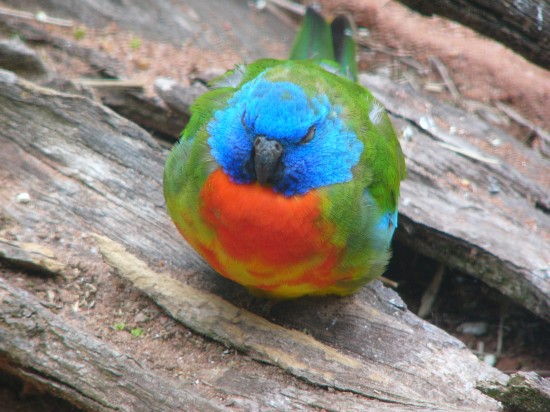
The Scarlet chested Parrot (Neophema splendida) is more commonly known in this country as the Splendid Parrot or parakeet and is a member of the grass parakeet family. It is also known, for some reason, as the Orange chested parrot, though its breast is more red.
It lives in central South Australia and areas of Western Australia away from the coast. These birds move around nomadically searching for food and nesting. It is classified as a vulnerable species in New South Wales due to the harvesting of its favoured trees such as Eucalyptus which reduced nesting sites.
Sexing these birds can be done visually as the male is brighter in plumage then the female. They measure 19-21cm in length with the male having a scarlet chest, cobalt blue face and green upperparts while the lower breast and underparts are yellow with pale blue wings. They have a green tail and brown-grey legs. The female has similar colouring only much less vibrant and are similar to the female Turquoise Parrot, a close relative. In captivity, their lifespan is around 10-15 years.
There has been an increase in the numbers of Splendids kept in captivity in Britain in recent times. They are quiet birds with an even temperament and are relatively small, all of which adds to their appeal. They can happily live with a range of other birds including small ones such as finches and canaries. The main reason for not housing them with other grass parakeet species is quite simply that they may cross breed.
They do not have too much in the way of heat requirements but should be kept in a draught free area with shelter from extremes of weather if kept outdoors. They are not destructive to plants, so a well planted space is ideal for them as long as the branches are non-toxic. This will also allow them to feel comfortable in their home and alleviate boredom.
Like most of the grass parakeets, Splendids often spend a lot of time on the floor of their home, foraging for food. This means they can be susceptible to parasites and worms so is best to treat them regularly to avoid this. It also means that the floor of the aviary or the cage needs to be cleaned regularly to help avoid this happening.
Some people have hand-reared these birds when situation dictated it but otherwise, they are a cautious species who may learn to come to the hand for food. But generally, they are not the best to be handled unless necessary.
If you are keeping these birds in a cage, a minimum size of 1200mm x 600mm x 600mm wide should be offered, though the bigger the cage, the better.
There are a number of beautiful mutations which are being bred including par blue, sea green, white fronted blue, cinnamon, lutino and fallow. This species has been kept in captivity since at least the 1930s.
One of the top mutation breeders in the country is a man named Colin O’Hara who has bred pied birds as well as beautiful ivory and violet mutations, an off-shot from the blue birds.
Their main food is grass and herb seeds as well as flowers, fruits, insects and berries depending on the time of year. In captivity, they will enjoy the special mix for grass parakeets which is available as well as a good parakeet mix. Canary and sunflower seed can be given as treat seeds as well as oats, buckwheat, safflower and some hemp seeds.
They enjoy fresh foods such as spinach and kale, swiss chard, lettuce as well as weeds such as dandelions, chickweed and sow thistle. They will also eat fruits such as apple, orange and banana and foods such as wholegrain bread, hard boiled eggs and low fat cheese on occasions.
They are also very adept at finding fluid sources when water is not readily available through succulent plants such as Calandrinia. This allows them to live in desert areas.
When breeding, there have been noted occasions of them eating live food such as mealworms which provide extra protein.
In the wild, they breed from August to October or otherwise once the rains have stopped and raise one or two broods per season. They prefer to best in a tree hollow, often in mulga or eucalyptus trees where 4-6 while eggs are laid.
In captivity, they will nest in a parakeet-sized nesting box, usually 400-500mm deep, 150-200mm square and will often produce a brood in Spring then again in Autumn. The entrance hole should be around 100mm wide, about 4 inches. Non-toxic sawdust or wood shavings can be scattered in the bottom to which the hen might add some pieces of grass or a few leaves. The eggs are incubated for 18-20 days and fledge at the age of 4-5 weeks. The chicks are independent of their parents at around 3-4 weeks after fledging.
When the chicks hatch, they are clumsy and a bit awkward. One tip if in an aviary is to make sure there is greenery on the mesh so the young birds can see where the limits of their world are and avoid accidents. They can breed around a year old, but it is advisable to wait until around 18months as a minimum age.
One tip when purchasing birds is that it is important to get food into them as soon as possible. If they have been purchased at a sale or auction, they could have been in the transport box since the previous afternoon. Any sensible breeder will supply them with food and water, but it best to get them more as quickly as you can. If it is dark when you get them home, provide artificial light for at least three hours so they can feed and get familiar with surroundings before going to sleep.
These are good birds to begin keeping parakeets before extending into the parrot family. They are quiet so can live in a variety of homes, including apartments or with most other smaller birds.
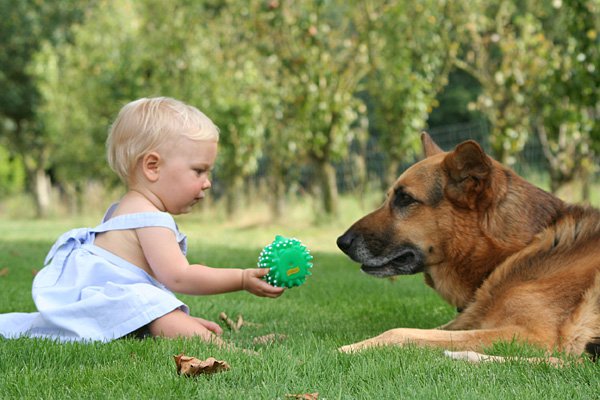 Advantage of Selecting the Right Dog Boarding Service for Your Pet
Advantage of Selecting the Right Dog Boarding Service for Your Pet
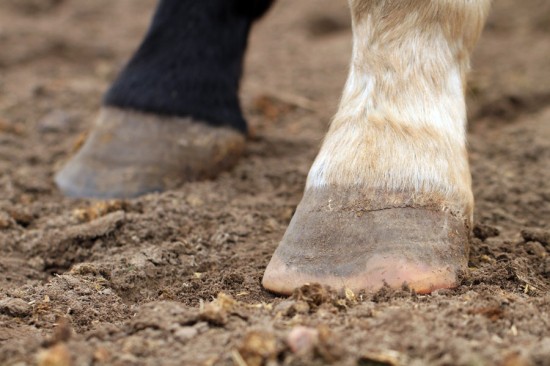 Understanding Laminitis - An Essential Horse Owners Guide
Understanding Laminitis - An Essential Horse Owners Guide
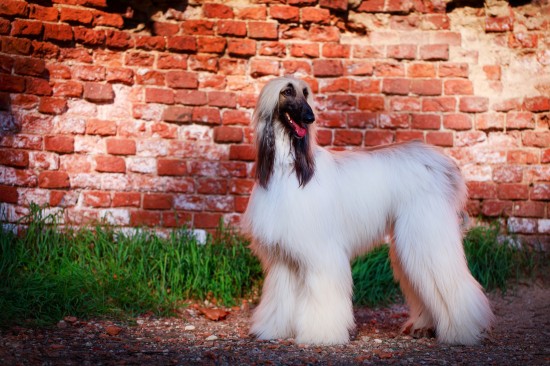 Longevity, Health And Care Considerations For The Afghan Hound
Longevity, Health And Care Considerations For The Afghan Hound
 Ultra-typing Or Over-typing In Cats And Dogs
Ultra-typing Or Over-typing In Cats And Dogs
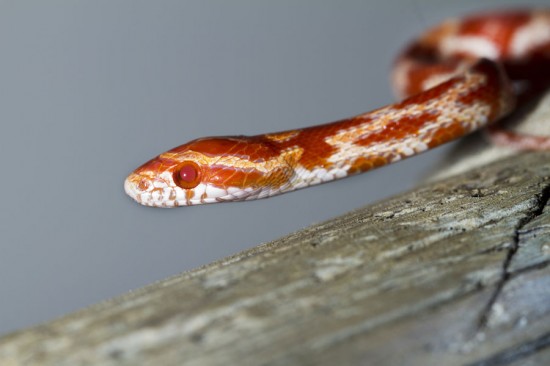 Buying And Bringing Home Your First Snake
Buying And Bringing Home Your First Snake
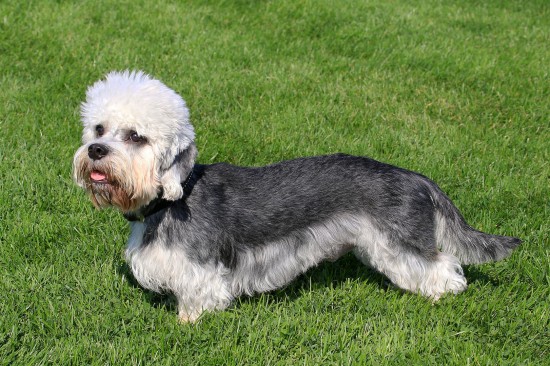 Dandie Dinmont Terrier Hereditary Health And Genetic Diversity
Dandie Dinmont Terrier Hereditary Health And Genetic Diversity
Copyright © 2005-2016 Pet Information All Rights Reserved
Contact us: www162date@outlook.com